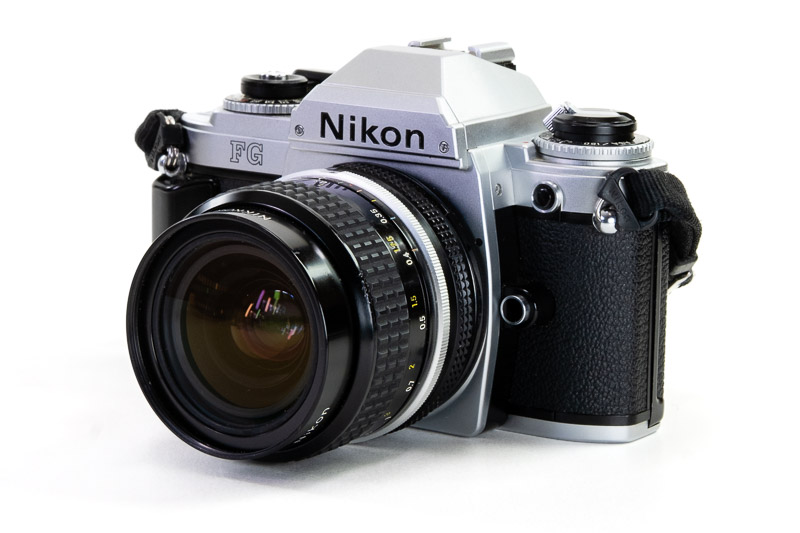
Introduction
Today, I’m taking a look at a vintage classic — the Nikkor 24mm f/2 AI. With analogue photography making a strong comeback, old film-era lenses like this are getting attention again. Nikon first released it in 1977 as the AI version, followed by the AI-S in 1981 — same optical design, just refined mechanics. This lens was designed near the end of the era when Nikon still held absolute dominance in the professional segment.
For decades, this was Nikon’s fastest 24mm, holding that title until the AF-S 24mm f/1.4G came along in 2010. Even more impressive, Nikon kept producing it until 2005 and sold it as new until 2007 — nearly 30 years on the market. That’s a remarkably long run for any lens, but was it truly because of its performance, or something else? Let’s find out.
![]() I tested this lens on a 46 Mp Nikon Z7ii (Sample images were taken with a Nikon Zf )
I tested this lens on a 46 Mp Nikon Z7ii (Sample images were taken with a Nikon Zf )
 You can see this review as a YouTube video here!
You can see this review as a YouTube video here!
![]() Sample images in high resolution here.
Sample images in high resolution here.
Sample Images



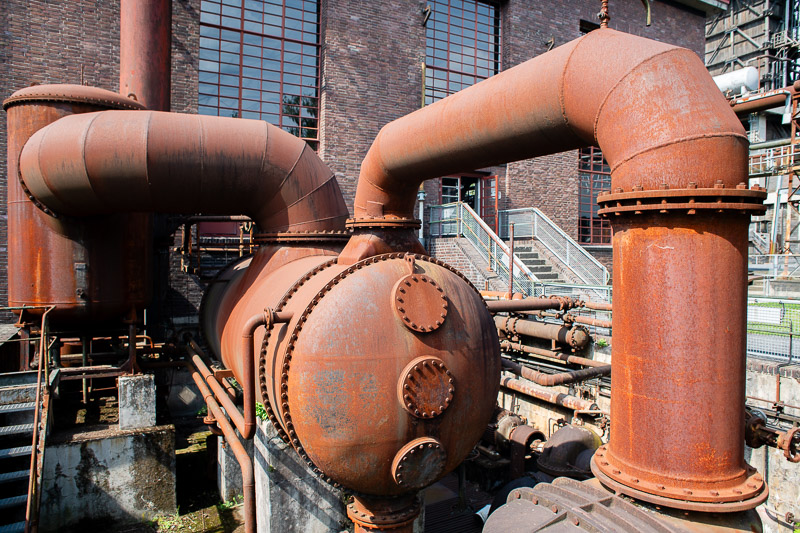



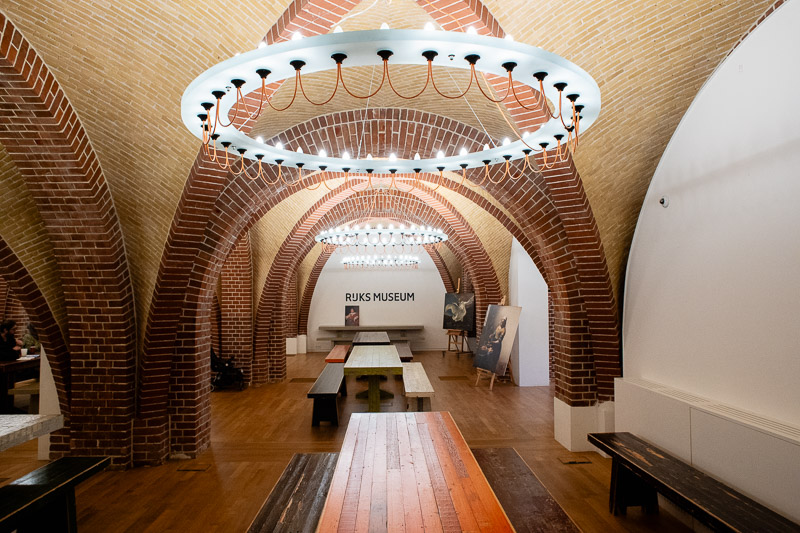
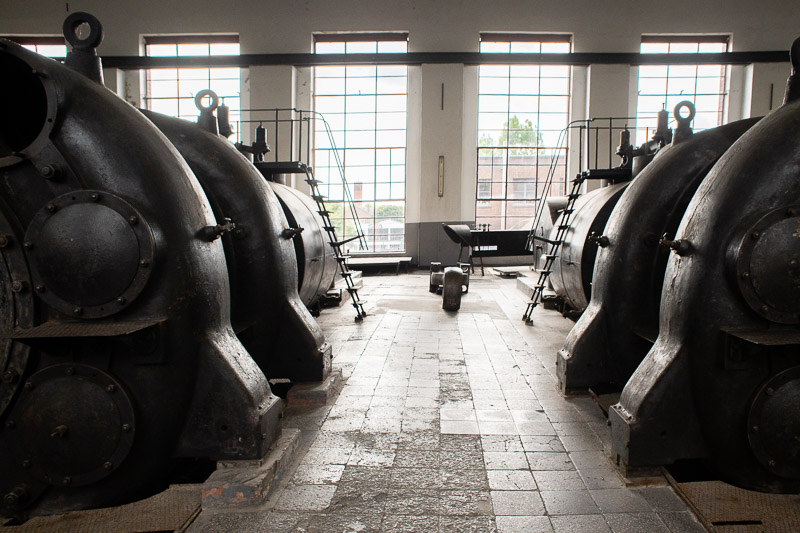

Most of the sample images in this review and many more can be found in higher resolution here.
Specifications
| Focal Length | 24mm |
| Angle of View | |
| # of Aperture Blades | 7 (Straight) |
| Max Aperture | f/2 |
| Min Aperture | f/22 |
| Min Focus Distance | 0.3 m |
| Filter Size | 52mm |
| Lens Mount | Nikon F |
| Weight | 300 g |
| Size (D x L) | 63 x 61 mm |
| Elements/Group | 11 elements in 10 groups. |
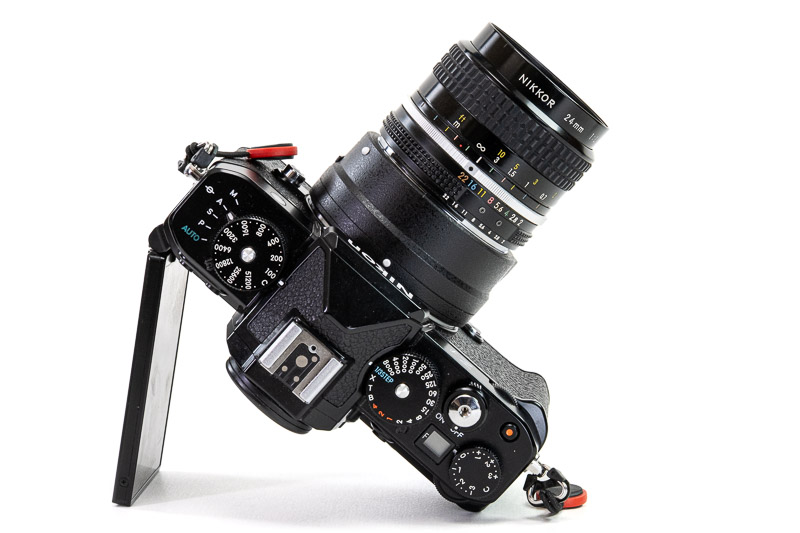
Nikon Ai 24mm f/2 on a Nikon Zf via an FTZ adapter
| Buy: eBay.com, eBay.de (anywhere) from $180 (Affiliate links) |
Disclosure
I purchased this lens with my own money.
Variations
The Nikon Nikkor 24mm f/2 AI-S uses exactly the same optical formula as the AI version but was mechanically upgraded to allow automatic aperture control in P and S modes with compatible cameras.
Handling and Build Quality
The build and handling of this lens are typical of Nikon’s AI and AI-S series — small, compact, with a 52mm filter thread, and built entirely of metal and glass. It feels solid in the hand. Once you’ve handled one of these lenses, you’ll immediately recognise the feel across most of the lineup.
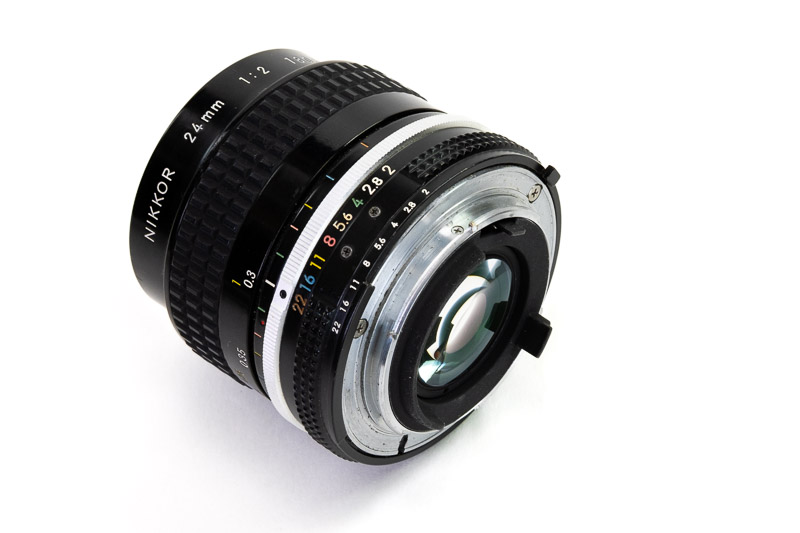
It features a relatively large, easy-to-grip focusing ring at the front with about a 175° throw, allowing for precise manual focus. Normally, the focusing ring turns smoothly with pleasant damping, making fine adjustments easy. On my sample, however, the age is starting to show — there’s occasionally a faint creaking sound when turning the ring. The distance scale on the ring is engraved and paint-filled, showing both feet and meters. On the barrel, coloured markings correspond to the aperture values to indicate the depth of field for any set distance/aperture combo, and there’s also a red mark for infrared focusing adjustment.
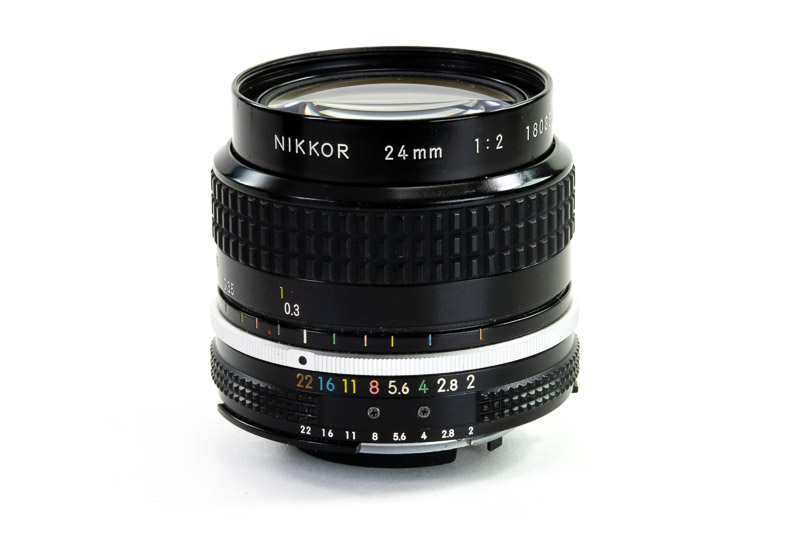
The aperture ring has equidistant full-stop markings and clicks firmly from f/2 through f/22. The front element doesn’t rotate during focusing, which is always nice when using filters or filter holders.
Optical Features
Sharpness (Infinity)
For the infinity sharpness test, we look at three areas of the image, centre, mid-frame, and corner, see highlighted areas in the image below!
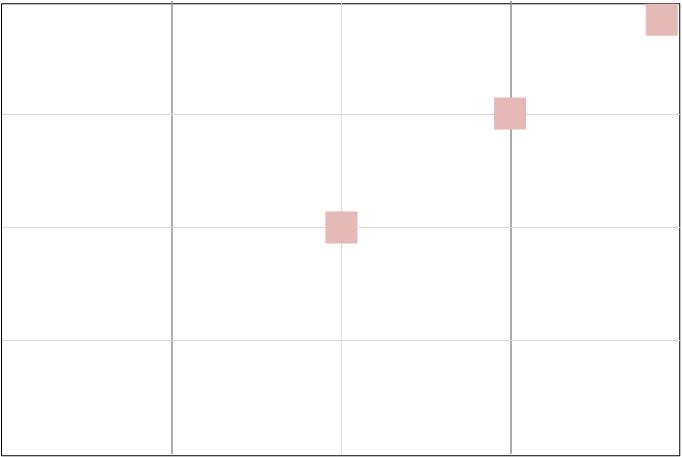
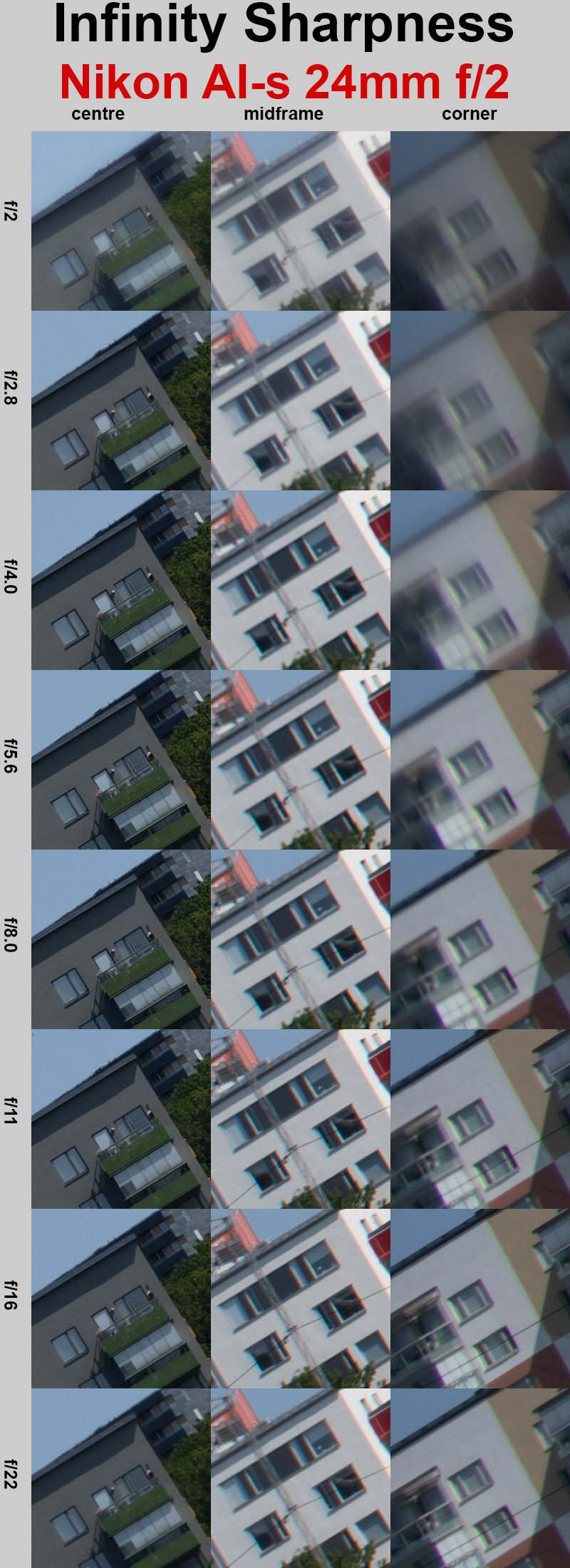
Here the AI/AI-S 24mm lens shows its age. At f/2, centre sharpness is good, midframe is just okay, and the corners are soft. There’s also a veil of dreamy softness across the entire frame, with noticeably low contrast. Stopping down one stop to f/2.8 removes that dreamy veil, and centre sharpness becomes very good. From f/4 onward, the centre is excellent, the midframe sharpens up nicely, though the corners remain only fair. By f/8, midframe sharpness improves to a very good level. The corners reach their best performance around f/11, while centre and midframe areas are about the same or slightly better than at f/8. So, f/11 gives the most even sharpness across the frame.
Sharpness (Portrait)
Let’s look at the points of interest for portraits at the portrait distance: the very centre, the centre’s inner periphery (1/3 rule intersection), and the centre’s outer periphery (1/4th intersection).
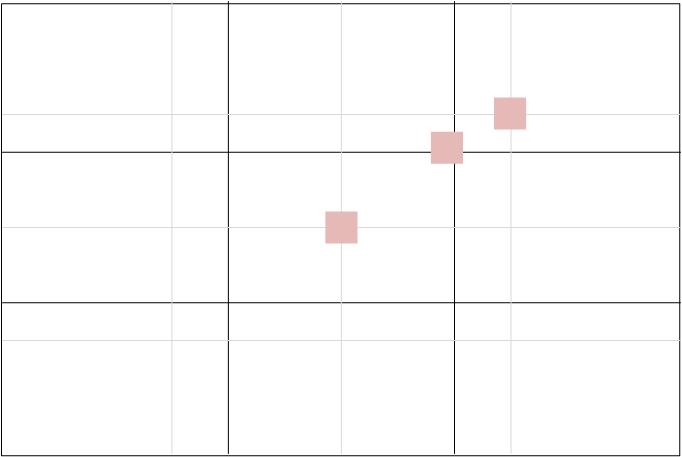

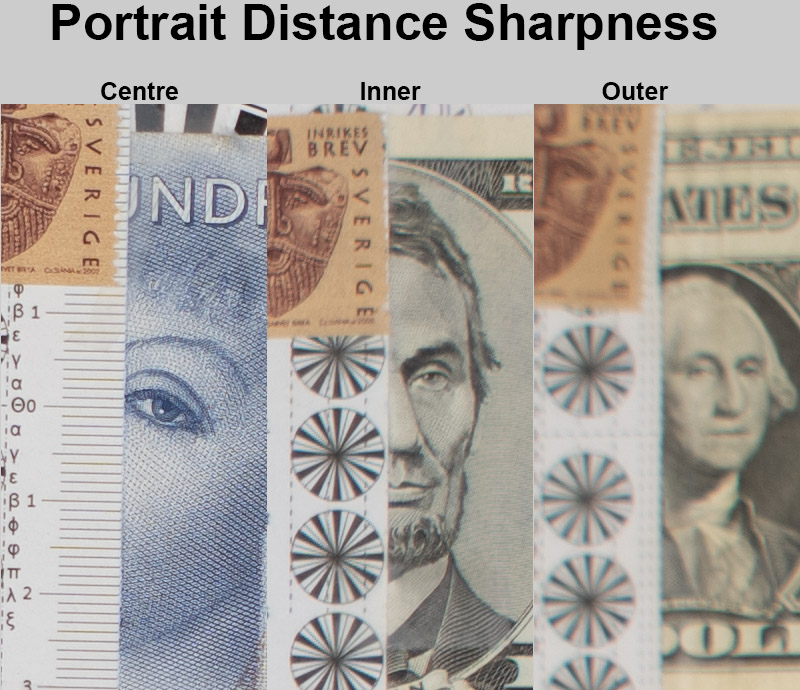
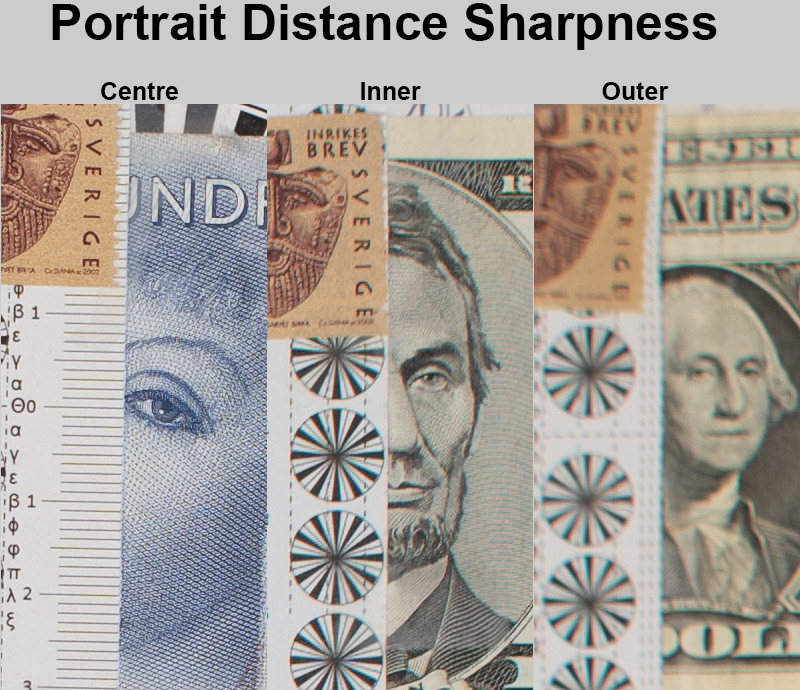
Sharpness in the centre and midframe is very good, but even here you can see a dreamy veil over the image at f/2, along with reduced contrast. At f/2.8, the haze disappears, contrast improves noticeably, and sharpness becomes very good in the centre and good in the inner areas. At f/4, sharpness reaches excellent levels in the centre and very good in the inner region, while the outer areas now show good sharpness as well.
Sharpness (Close-up)
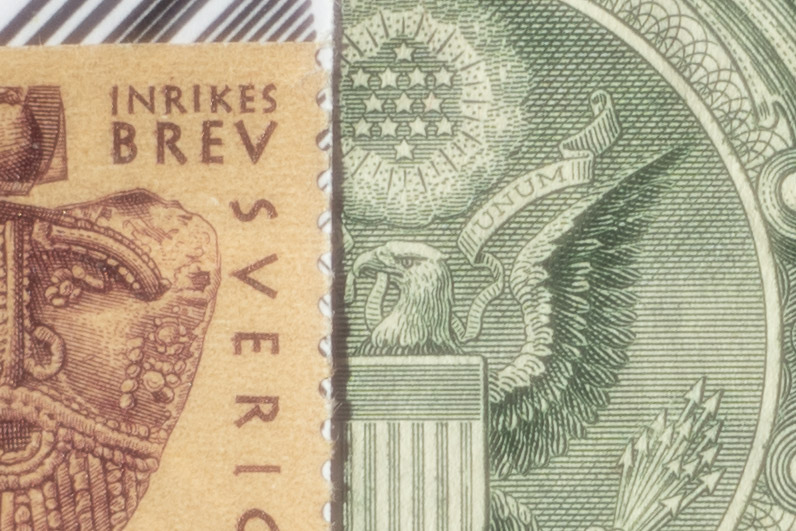
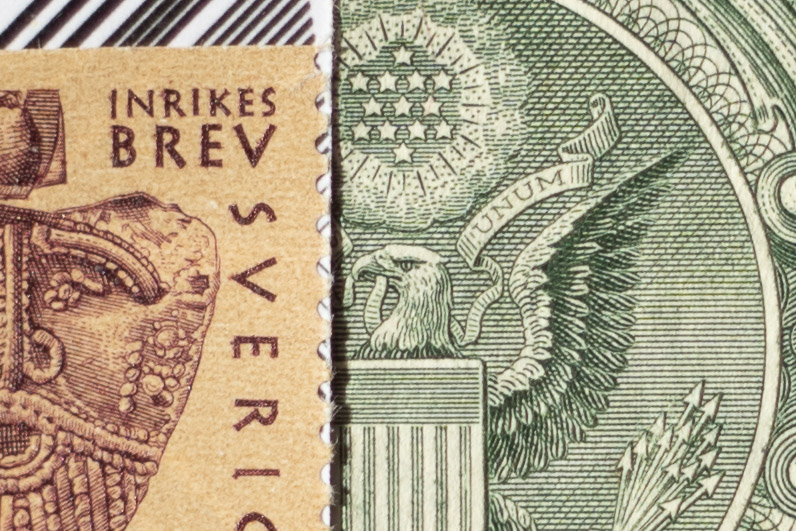

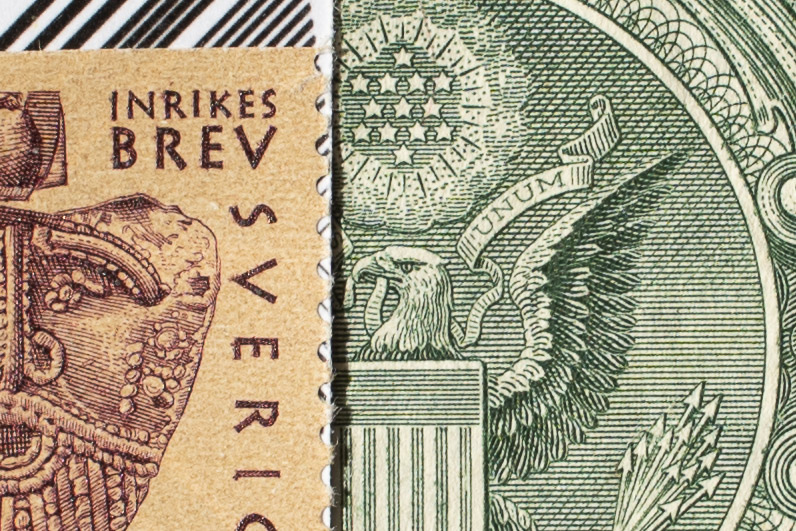
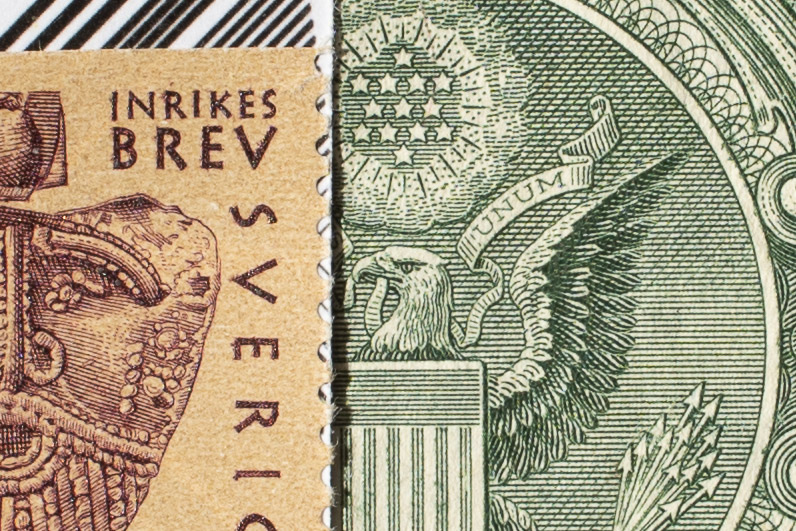
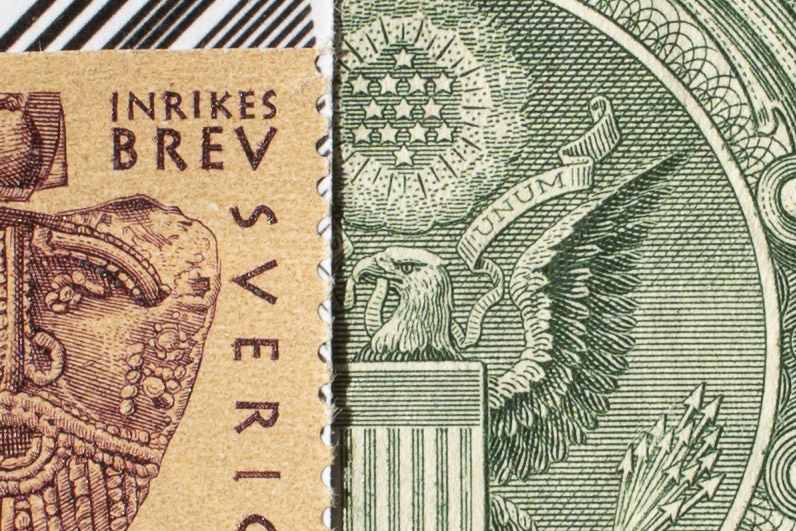

It’s obvious that this lens suffers from spherical aberration. At f/2, the image appears hazy with low contrast, although the underlying sharpness is good. Stop down just one stop to f/2.8, and the haze disappears — contrast improves noticeably, and sharpness reaches nearly excellent levels. At f/4, sharpness becomes excellent with very good contrast. It stays excellent up to f/16, where diffraction begins to soften the image slightly — though it still remains very sharp. The effect becomes more noticeable at f/22.
Lens Distortion
Small barrel distortion, LR/PS +5 distortion correction will fix it.
Vignetting
Vignetting is relatively strong wide open at f/2, but it improves significantly with each stop down to f/4. Beyond that, further improvement is minimal compared to the first two stops. The vignetting never fully disappears, although from f/5.6 onward it becomes moderate and, in most normal situations, may not be noticeable.

- F/2.0: 2.8 EV
- F/2.8: 2.2 EV
- F/4.0: 1.7 EV
- F/5.6: 1.5 EV
- F/8.0: 1.5 EV
Focus Shift & Aberrations
As mentioned earlier, the lens suffers from spherical aberration, and the effect is even more noticeable here. Wide open, you’ll see some softness and haze with reduced contrast, but that clears up nicely by f/2.8. At f/2 and a 24mm focal length, focus shift isn’t really an issue.
There’s some longitudinal chromatic aberration, but it’s not bad at all—certainly less than you’d expect from an older lens. In most shots you won’t notice it, and stopping down helps. By f/4 it’s basically gone.
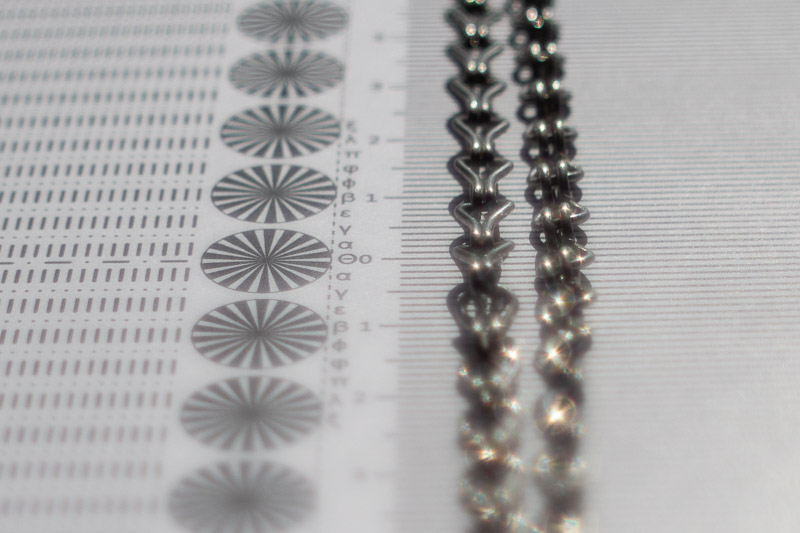

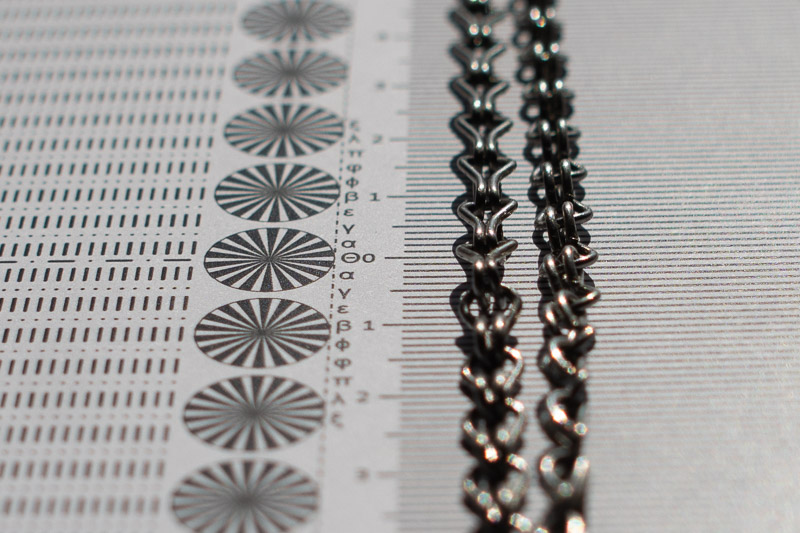
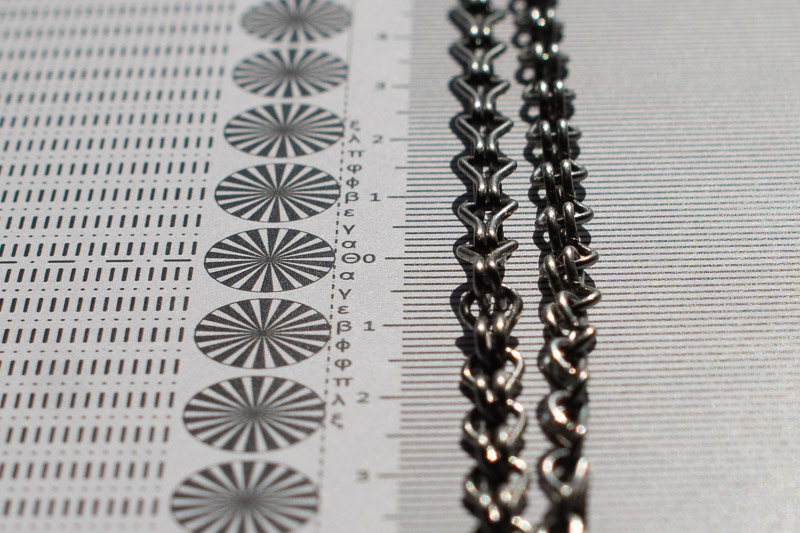
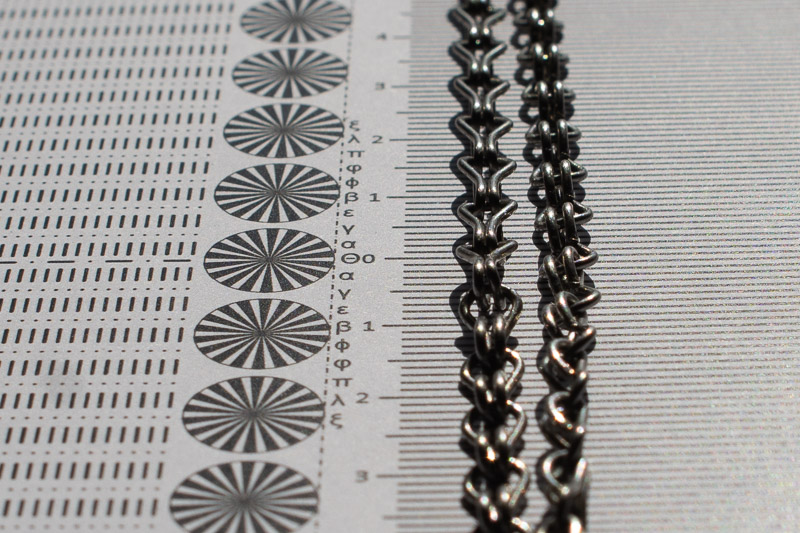
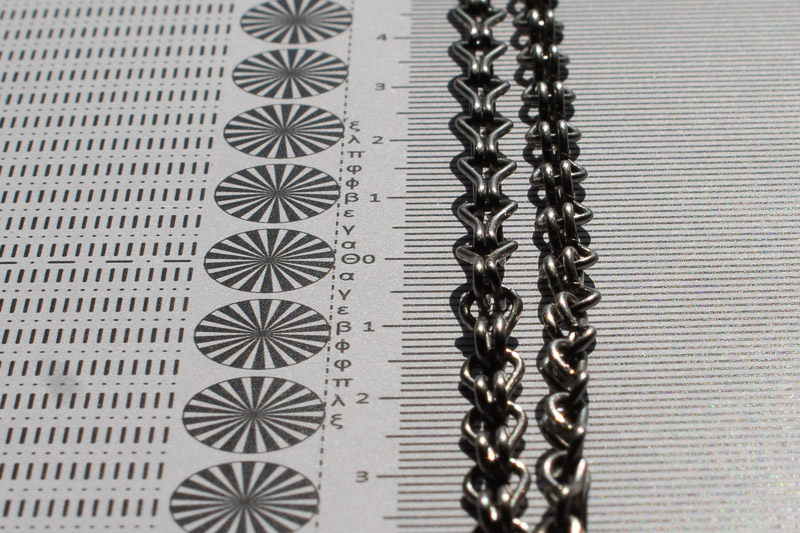
Lateral chromatic aberration shows up in the corners as purple fringing on high-contrast areas —most RAW converters fix it instantly with one click, as seen in the following images.

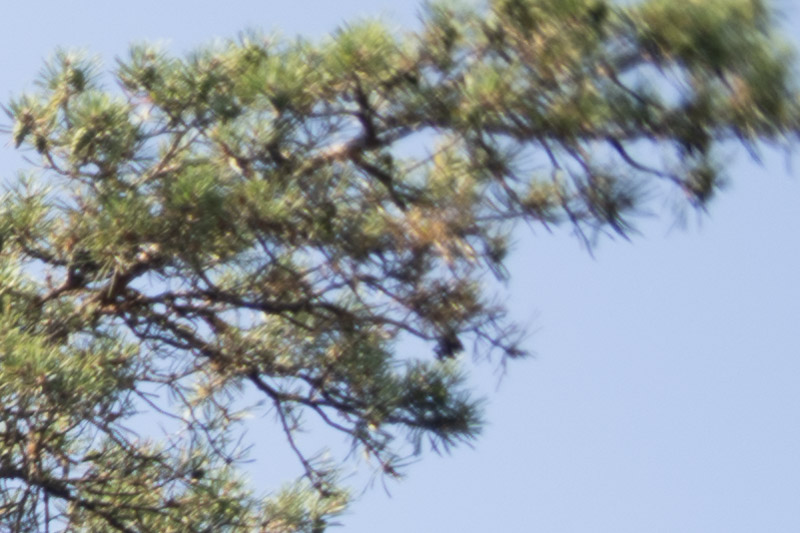
Flare Resistance
This is the category that impressed me the most. I don’t mean it has impeccable flare resistance — after all, it’s a vintage lens — but for a 45-year-old design, it performs much better than many modern lenses I’ve reviewed. You’ll see minimal veiling flare around light sources and only occasional ghosting in challenging situations, but these are far from ruining your images.
Here are a few shots with the sun at different positions at large apertures
Here are some shots with stopped-down apertures with the sun at different positions.
Coma

Typical of vintage lenses, the Nikkor 24mm f/2 suffers from coma. Stopping down helps significantly — by f/4 (two stops down), it’s practically gone. Stopping down one more stop to f/5.6 eliminates coma completely.
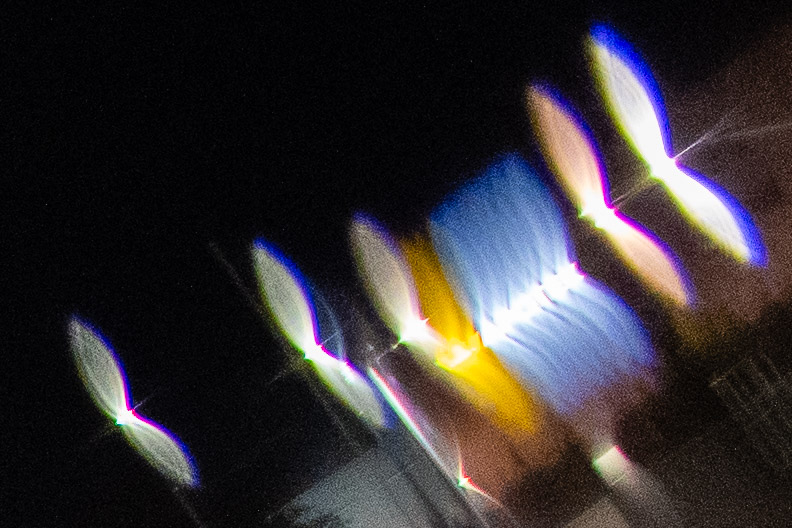
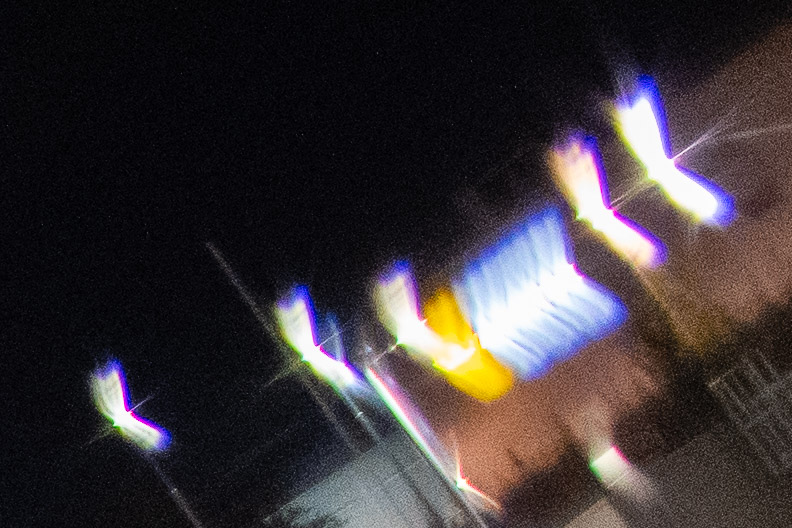
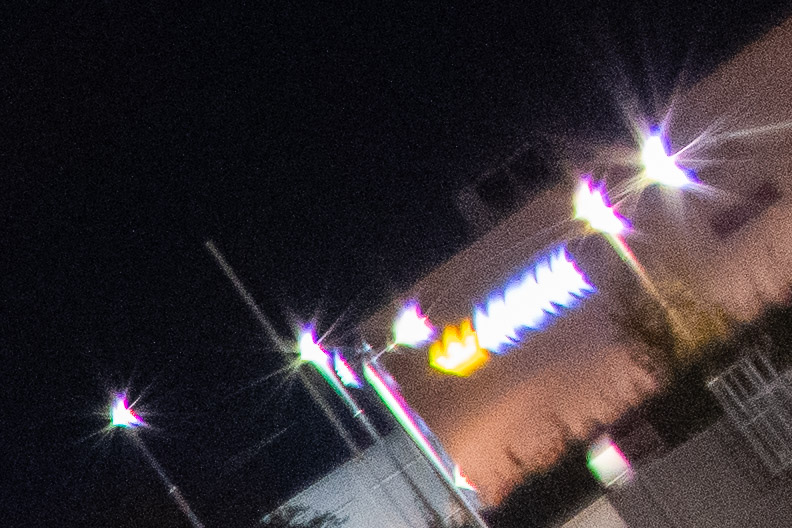
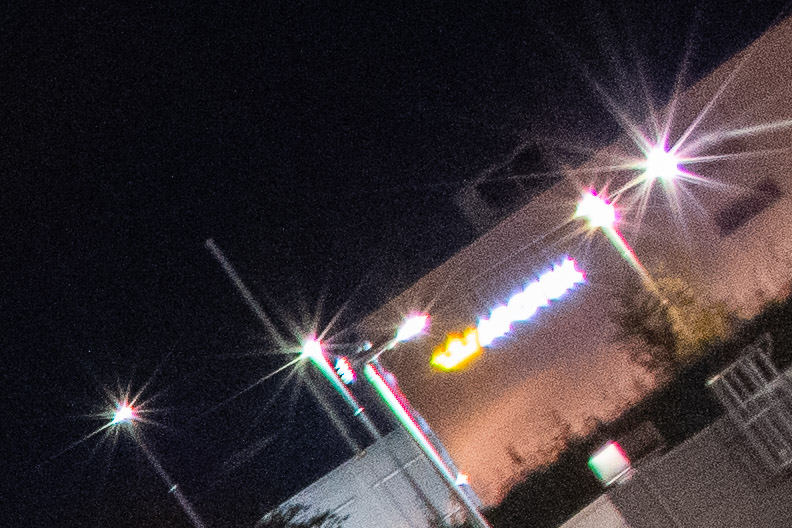
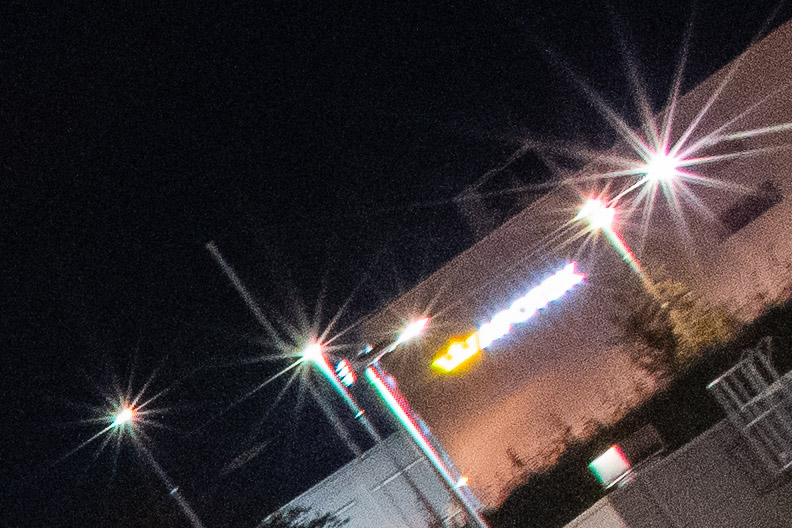
Sunstars
These old vintage Nikon lenses really have good aperture blade alignments as they can, like this one, produce nice and distinct sunstars from quite wide apertures. straight aperture blades helps of coursee. In this case it is only at its widest aperture, f/2, that it does not produce any sunstars. From f/2.8 you can get sunstars and from f/5.6 they are quite well-defined with long distinct sun rays.

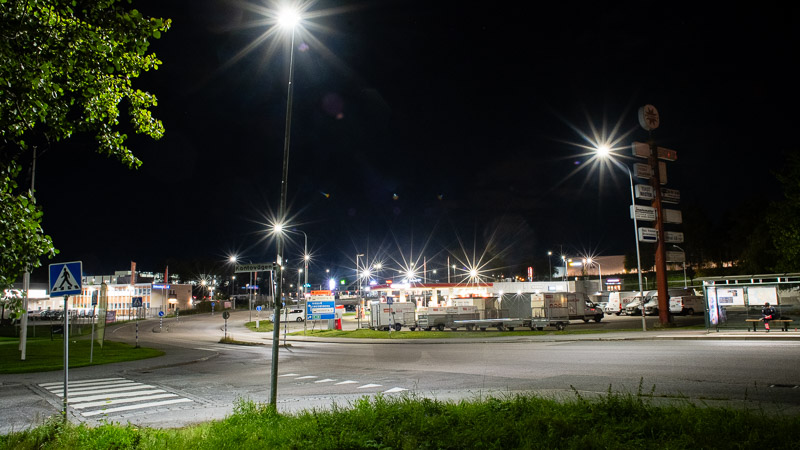
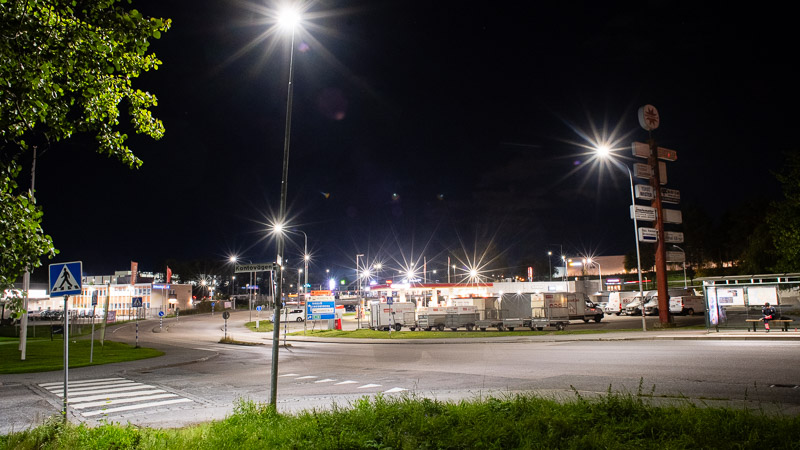
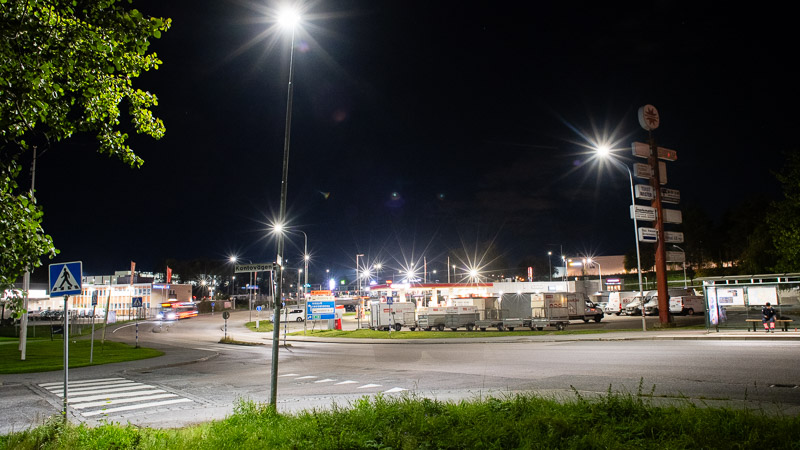
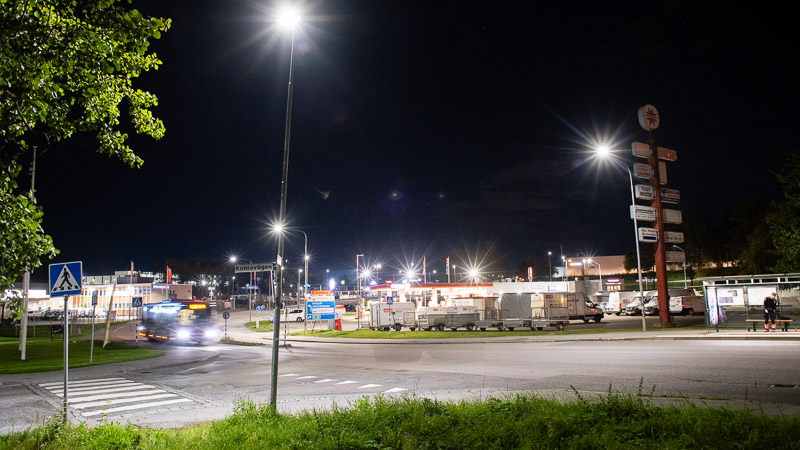
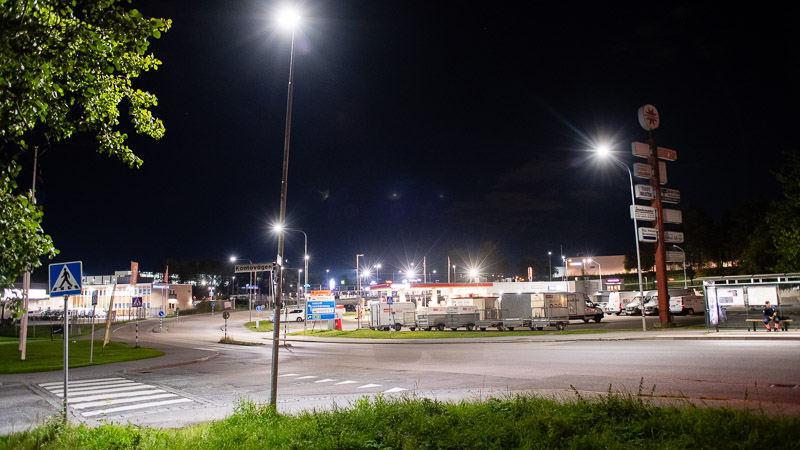

Focus Breathing
While there’s a tiny bit of focus breathing, it’s so minor that it’s almost negligible. However, although the zooming effect is minimal, you can notice a slight change in distortion when focusing from very close distances to infinity.

Bokeh

We can’t expect great bokeh from a 24mm lens, and this one doesn’t have an especially impressive minimum focusing distance either. Nevertheless, if you get really close, you can achieve some background blur — though it’s not the prettiest I’ve seen, at least to my eyes.




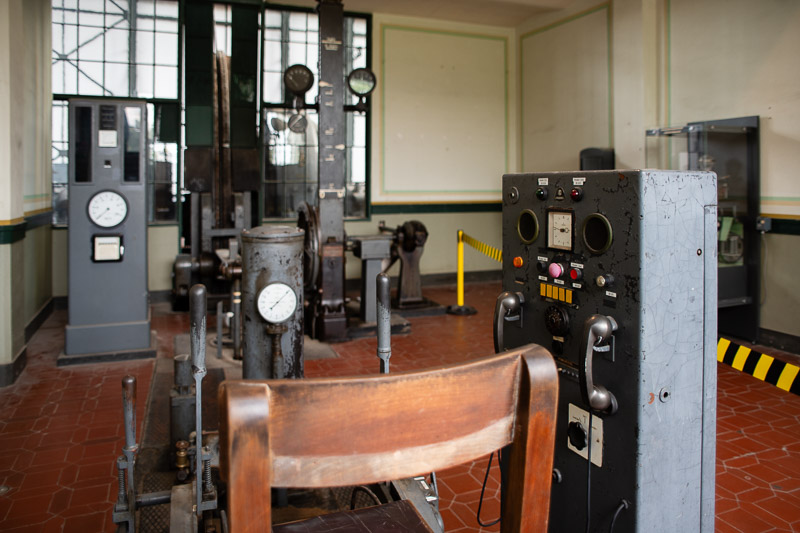
Conclusion
| I LIKE | AVERAGE | I DON’T LIKE |
| Stopped down sharpness CA control Sunstars Flare resistance |
Spherical aberration Vignetting Lens distortion Focus breathing |
Coma Corner sharpness Bokeh |
I’ve adjusted my rating slightly, considering it’s a vintage lens. It certainly can’t compete with modern 24mm primes, but when used on a film camera, it’s a very good performer — as long as you avoid f/2, unless you have to, or you want that dreamy effect in your images.
You can get very sharp images across most of the frame at nearly all apertures. For true corner-to-corner sharpness, you’ll need to stop down to at least f/8 — preferably f/11. Flare resistance is actually very good, better than many modern lenses, and chromatic aberration is well controlled. Most of the other characteristics are decent as well. Overall, it’s a very good lens for film cameras — just be cautious not to place anything important in the corners.
Writing articles like this one is both time-consuming and costs us a lot of money. If you found this article helpful and decided to buy one of these lenses, please consider using one of the affiliate links.
If you are not interested in buying any of the lenses, but you still found this article useful, interesting, or it saved you a lot of money, treat us to a coffee (donate)!
| Buy: eBay.com, eBay.de (anywhere) from $180 (Affiliate links) |
Alternatives
Nikon has made a bunch of 24mm f/2.8
Nikon 24mm f/2.8 (Pre-Ai)
This lens has an older optical formula. This lens cannot be used on newer (1980 and later) Nikon cameras except for a couple of the flagships like F3 and F4.
Nikon Nikkor 24mm f/2.8 AI/AI-s
Nikon AF 24mm f/2.8 (2 versions)
Nikon AF-D 24mm f/2.8
These five lenses all share the same optical formula and all are one stop slower than the reviewed lens. The AI version can only be used in Manual and Aperture-priority modes. The AI-S version adds compatibility with Program and Shutter-priority modes on supported cameras. The AF version introduced autofocus and came in two different housings, mainly differing in the design of the focusing ring. The AF-D version added distance encoding to the AF lens.
Buy: ebay.com, ebay.de, ebay.co.uk from $120 (Affiliate links)
Nikon AF-S 24mm f/1.4G
The fastest Nikon 24mm ever, when it was introduced in 2010. It lacks an aperture ring and is not practical to be used on manual focus cameras or you have to shoot only at the lens’s smallest aperture.
Buy: ebay.com, ebay.de, ebay.co.uk from $490 (Affiliate links)
Nikon AF-S 24mm f/1.8G
Same generation as the previous 1.4G lens, but with a more modern optical design and improved coatings. It’s generally regarded as the optically better lens of the two, but slower.
Buy: ebay.com, ebay.de, ebay.co.uk from $350 (Affiliate links)
More Sample Images
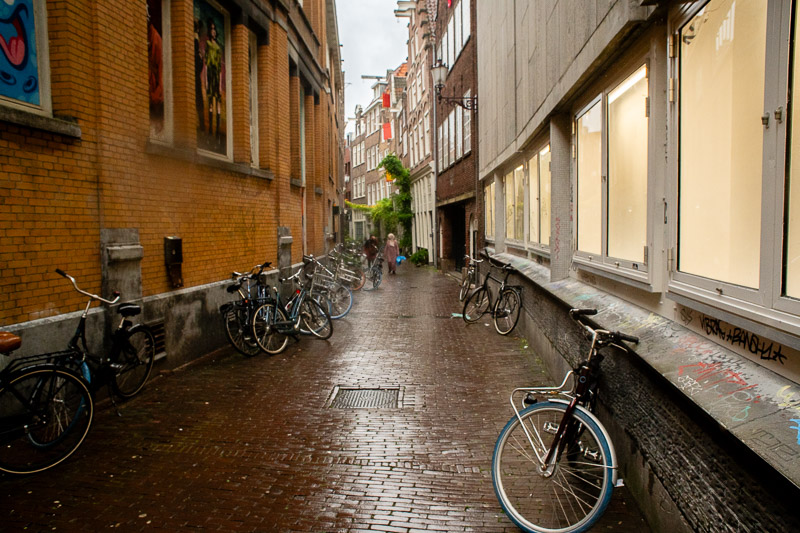


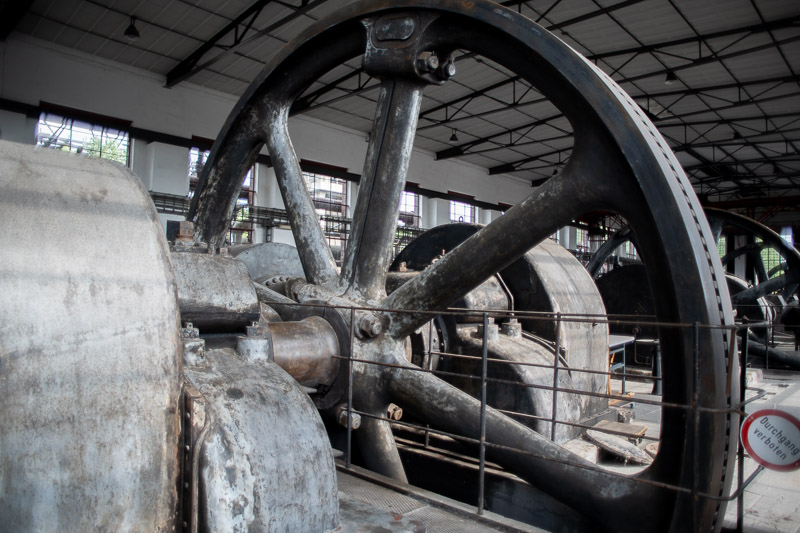

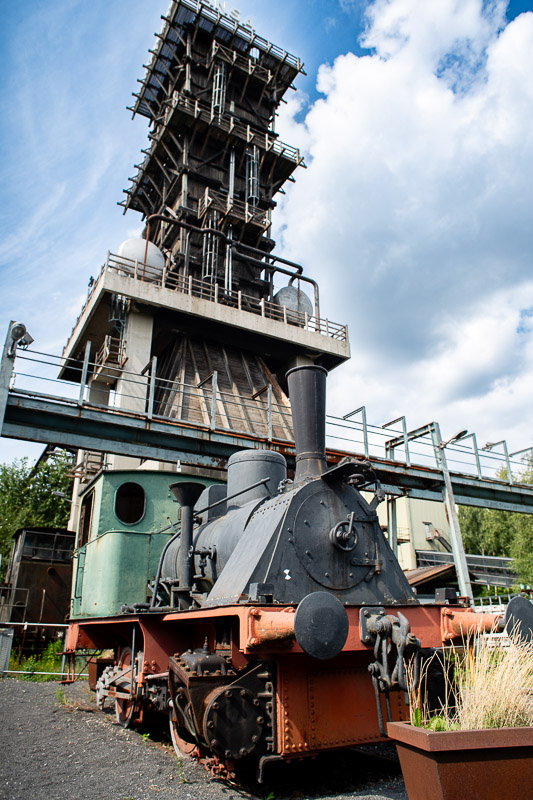


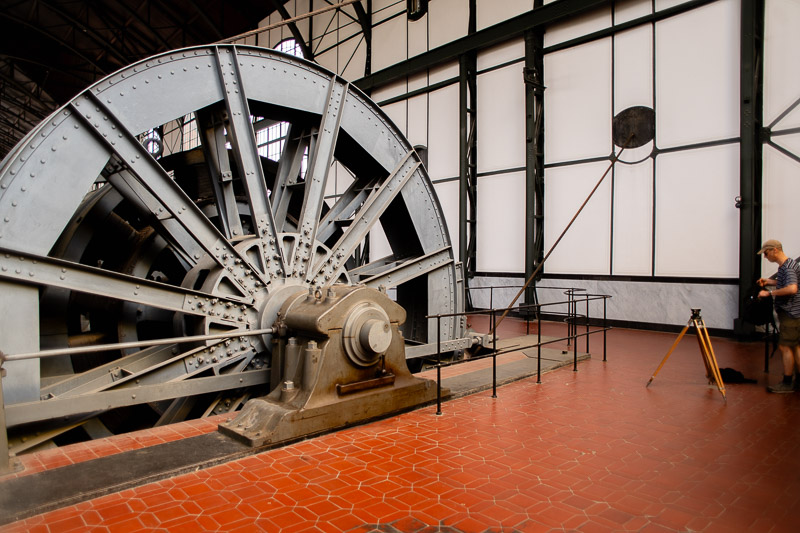


Most of the sample images in this review and many more can be found in higher resolution here.
Further Reading
What camera gear and accessories do I use most frequently?
Support Us
Did you find this article useful or did you just like reading it? It took us a lot of time and money to prepare it for you. Use the Donate button to show your appreciation!
![]()

(Donations via Paypal or bank card)
What’s in my camera bag? MY 2024 KIT!!
- Main camera : https://amzn.to/3TsGtKg
- Camera grip : https://amzn.to/4e0G3CR
- Memory Card 1: https://amzn.to/47pA20i
- Memory Card 2 : https://amzn.to/3XHYxlZ
- Camera 2 : https://amzn.to/3Xifou8
- Camera grip: https://amzn.to/4dYYpV9
- Memory card 1: https://amzn.to/4e5h2H0
- Memory card 2: https://amzn.to/3zu7W7n
- Small travel tripod: https://amzn.to/4goIX68
- Mini tripod: https://amzn.to/4e09XXX
- Small shoulder bag: https://amzn.to/47tPMiY
- Medium shoulder bag: https://amzn.to/4ej4bjY
This site contains affiliate links, for which I may receive a small commission if you purchase via the links at no additional cost to you. This helps support the creation of future content.
Martin
Latest posts by Martin (see all)
- REVIEW: 7Artisans AF 35mm f/1.8 - October 15, 2025
- REVIEW: Nikon AI Nikkor 24mm f/2 - October 12, 2025
- REVIEW: Viltrox Spark Z3 Flash - October 10, 2025

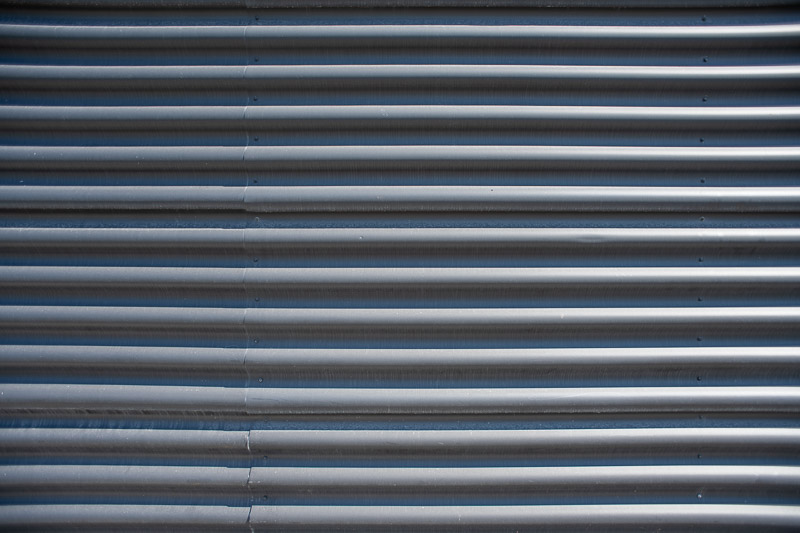

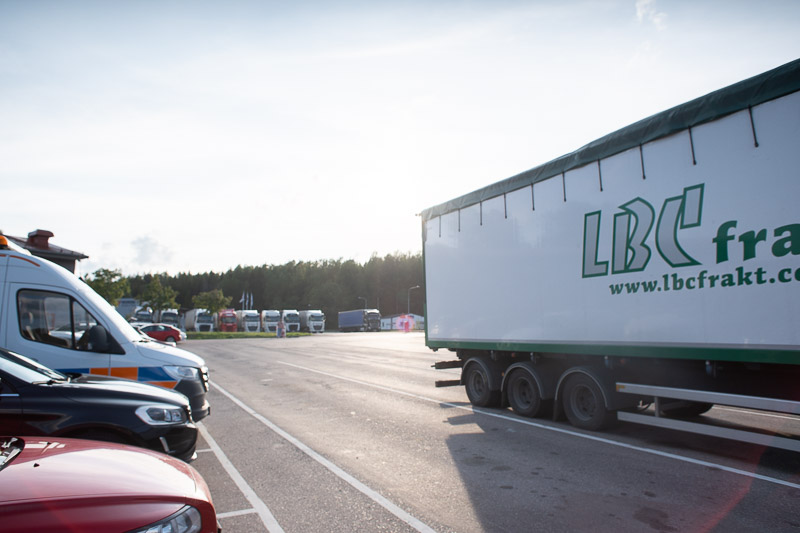
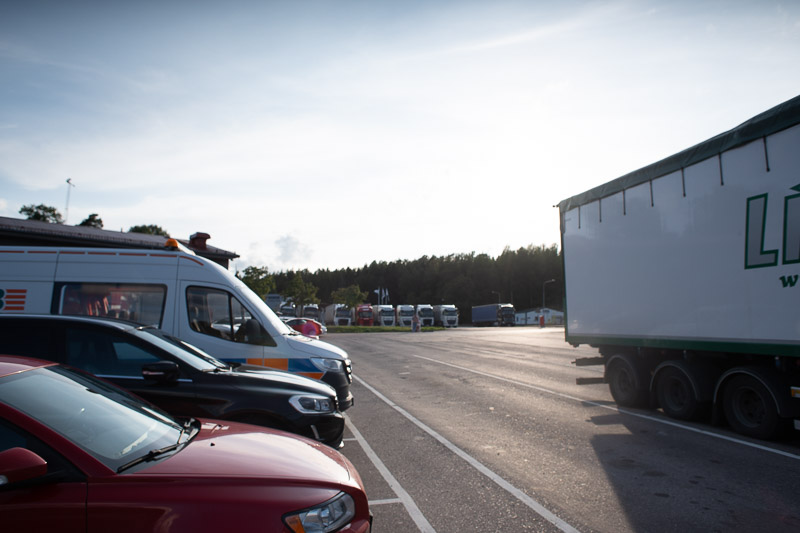



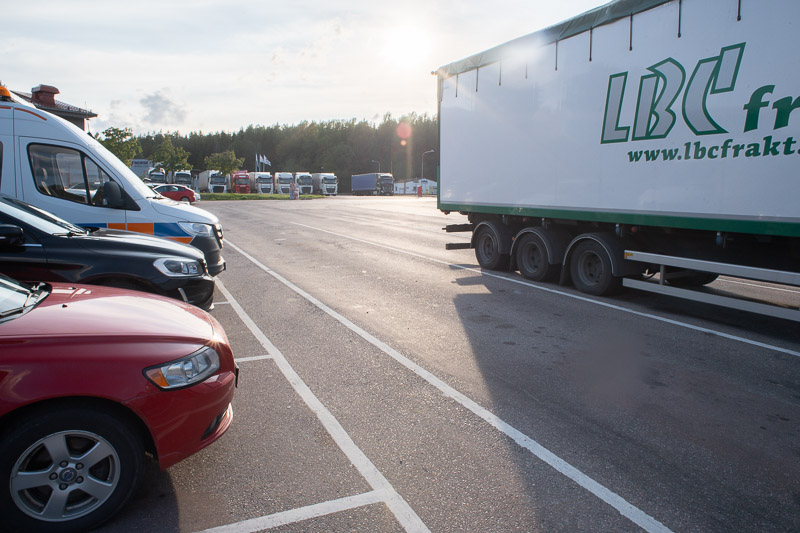

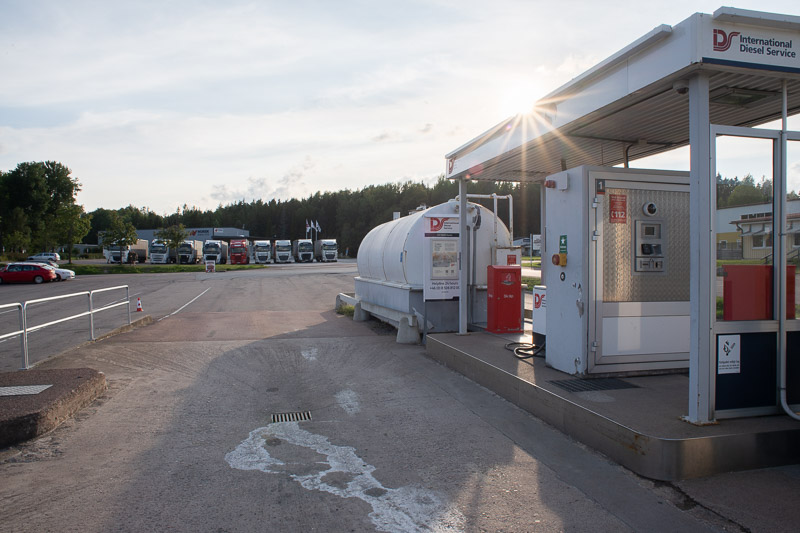
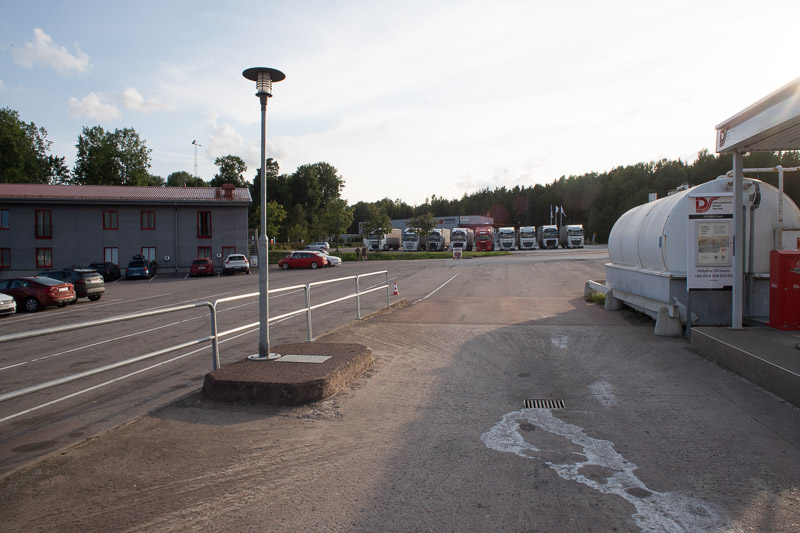


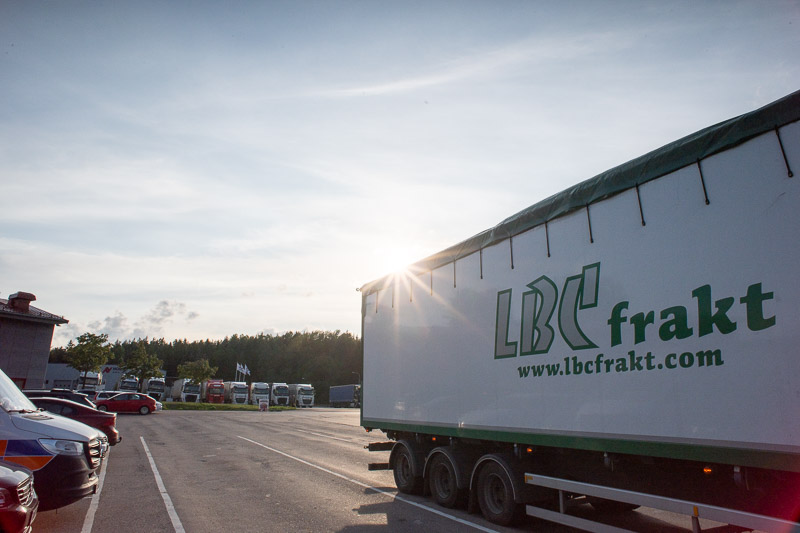

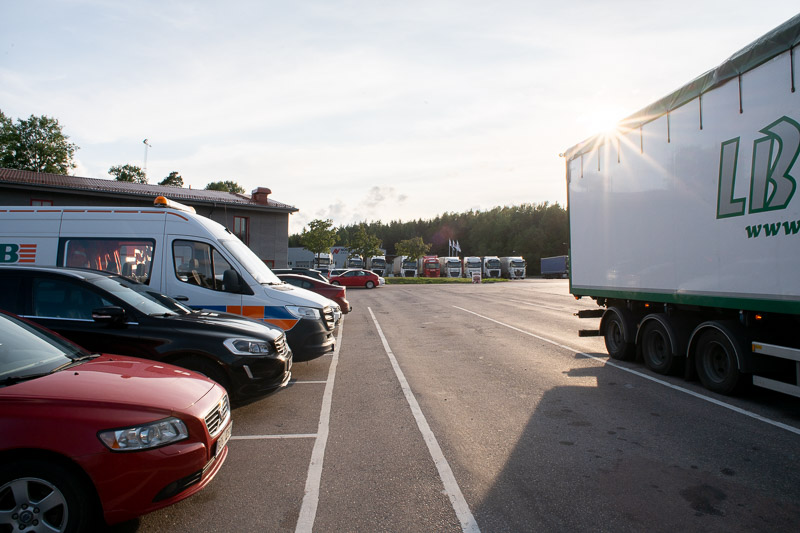
Nice review Martin and nice shots of Amsterdam,
With this lens it is worth noting that during use one lens floating element (CRC) is prone to go a – a tiny- bit out of its designed position, which leads to lower optical quality. The sharpness of the optical design is very vulnerable to this tiny shift of distance between the lenses, this is difficult to solve and nearly always happens. A new bought lens does better for a short time, but this is impossible and it will get worse quickly, it happened to me in the 90-ties and also people like Bjorn Rorrslet mentioned this.
So I swapped it for a 24mm f2.8 AIS Nikkor, uses that for decades now and found a cheapo Canon FD 24 mm f2,8 that is optically less good outside the midframe, but it works well for IR. If you can find it in a good working order a Sigma 24 mm f2.8 is even better except for flare.
Thank you Bjorn,
And thanks for the point about the CRC element.
Yes, the 24/2.8 ais is generally a bit better, but because it was slower and much cheaper than this, it was considered a mainstream lens and this one a professional lens.
Yes, unfortunately the 2.8 ais is the better lens. (But for film f/2.0 is still an advantage).
Hi Martin,
Thank you for the work you put into this review, it is great!
I like vintage glass fro various manufacturers. Once I had that Nikkor 24mm 2.0 AI lens (also adapted it on Fuji and D850) but I sold it years back due to lack of sharpness and the rather boring rendering. Yesteryear there just were not that many fast 24-28mm lenses but today we are spoiled for choice both manual and AF which makes it hard for me to justify investing in that type of wider vintage glass anymore.
Have a good day
Sure, your reasoning is understandable, but as I wrote in the beginning, this lens makes most sense on analogue film cameras, even today. The anologue film camera users are not as spoiled as digital camera users.